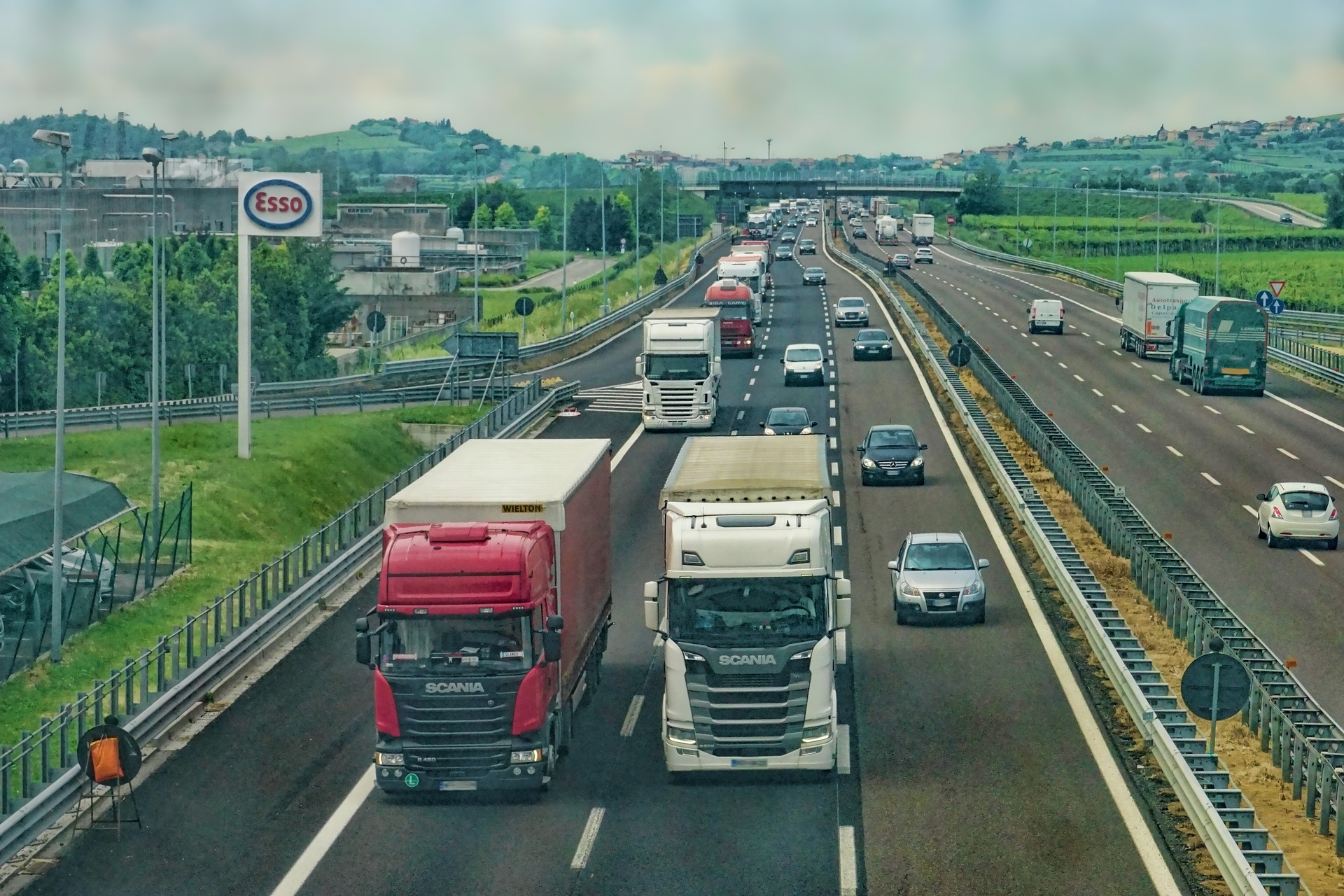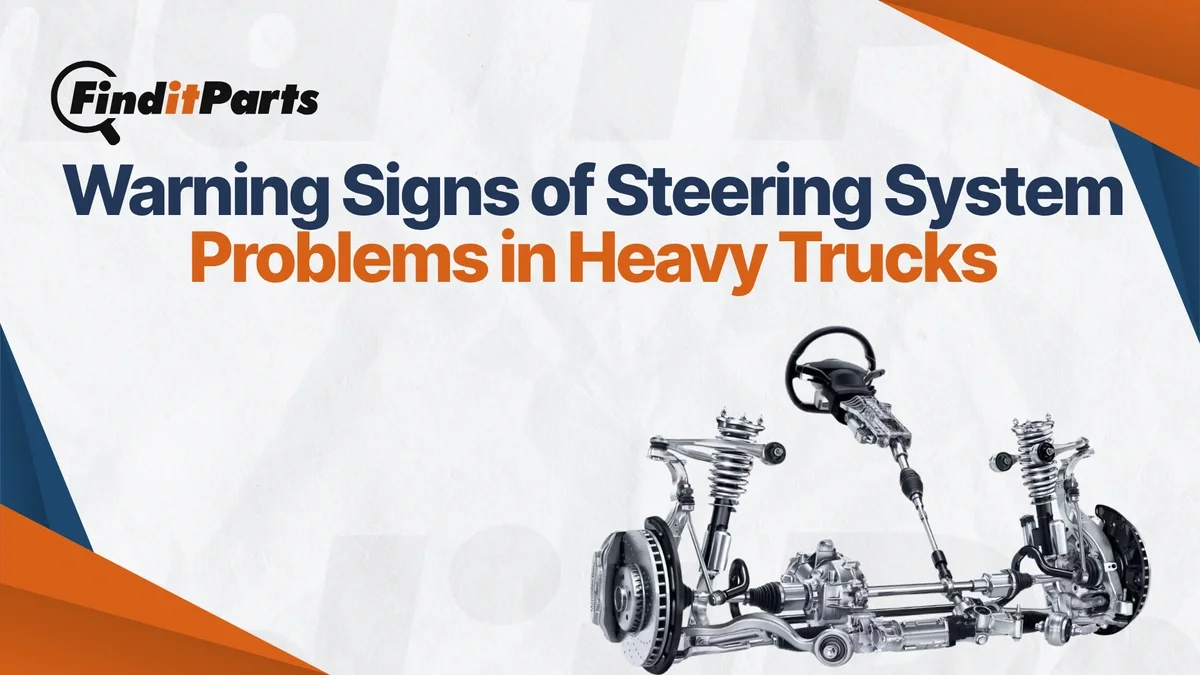Need help? We're here!
(888) 312-8812 Login SignupA Glimpse into How and When Trucking Began
January 28, 2021

Image Source: Pixabay
The American trucking industry plays a crucial role in the country's economic growth and stability. According to the American Trucking Associations (ATA), trucks transport about 72.5% of the nation's freight by weight. No wonder, different types of freight vehicles dominate American roads and highways. Also, data from the U.S. Census Bureau shows that more than 2 million people are working in the truck transport sector. This workforce comprises truck drivers, engineers, dispatchers, mechanics, fleet managers and operators, and other occupations.
However, the trucking industry is more than just a giant job provider and an essential part of American society. When the world went on a pause during the pandemic, the trucking industry propelled America's economy forward.
Let's travel back and take a look at how and where truck driving started.
1896: Launching of the world's first truck
The first truck in the world was an automated version of a donkey- or horse-pulled cart. It was converted by inventor Gottlieb Daimler to be equipped with the so-called Phoenix, a rear-mounted, four-horsepower, two-cylinder engine made from a customized passenger car engine. It was in 1900 when the founders of what is Mack Trucks today, Jack and Gus Mack of Brooklyn, N.Y., founded the company. It eventually became the benchmark of the modern trucking industry.
1901: Founding of the truckers' union
At the turn of the 20th century, truck drivers were obliged to work 12 to 18 hours a day, seven days a week—in unsafe working conditions and for meager pay of $2 a day, without protection or job security. The truckers were also held liable for any damaged or lost merchandise. In 1901, around 1,700 frustrated drivers formed the Team Drivers International Union (TDIU), which appealed for better wages and working conditions. A year after, an independent group founded the Teamsters National Union. The two associations merged in 1903, forming the most powerful trucking union in history— the International Brotherhood of Teamsters (IBT).
In 1907, the Teamsters elected Dan Tobin as the union's general president. He served for the IBT for 45 years, expanding the organization's members from less than 40,000 members to more than 1.2 million. Considered as the godfather of the Teamsters, Tobin was deemed one of the most powerful men in the United States.
1914-1915: Birth of the modern truck
In 1914, the semi-trailer was unveiled to the Americans. It was invented by Otto Neumann and August Fruehauf. Hermann Farr and Martin Rocking introduced the fifth wheel a year later, which made hitching and unhitching semis to trailers fast and safe. This paved the way for the modern tractor-trailer.
In 1918, Fruehauf put up the Fruehauf Trailer Company in Detroit. This company took pride in acquiring over 1,000 patents and growing exponentially—with 16 production plants and 80 distributorships in the U.S. and across the globe. That same year, the state of Maine enacted a law that sets weight limits on trucks traveling on its roads. Any truck weighing over 18,000 pounds was not allowed to drive within the state.
1920: The use of pneumatic air-filled tires
Though pneumatic air-filled tires have been introduced in prior years, they have not been widely used until they became standard in 1920. Such innovation allowed truckers to enjoy smoother rides and greater speeds.
1933: Forming of the America Trucking Associations
The ATA was formed in 1933 with the merger of the American Highway Freight Association and the Federation Trucking Associations. The ATA became the country's largest trucking association, covering affiliated trucking associations from 50 states.
1938: Unveiling of the refrigerated containers
Minnesota trucking executive, Harry Werner, invented the refrigerated truck in 1938. This revolutionized the agricultural shipping business and the transportation of temperature-sensitive cargo, allowing consumers to enjoy fresh produce from many parts of the country.
1940s: Mobilizing for war and dominating post-war America
The Teamsters have massive participation in World War II as highly skilled Teamsters were tasked to transport American troops and supplies across Europe and beyond. By 1942, around 125,000 Teamsters were enlisted in different branches. The American trucking domination continued during the economic boom after the war. Groundbreaking solutions, like the powerful diesel engine, and the emergence of new roads, brought the trucking industry to new heights, surpassing trains as the primary courier of goods and products.
It was also in the 1940s when the first truck stops emerged, mostly in the form of small roadside pull-offs that are comfortable enough for drivers to rest and stretch their legs for a few minutes. Three decades after, the nation's first truck stop chain, Truckstops of America, was established.
1950s–1960s: Driving the civil rights movement
When the modern civil rights movement kicked off in the mid-1950s, the Teamsters funded it, supplying not only money but also vehicles, organizers, and necessary political clout. Popular Freedom Rides happened on Teamster buses. During this era, the National Interstate and Defense Highways Act of 1956 was passed, authorizing the construction of 40,000 miles of interstate highways. This was considered the largest public works project in American history.
In 1959, Volvo engineer Nils Bohlin introduced the three-point seat belt. This is one of the most critical safety innovations in the world's trucking history.
2016: Unveiling of the first self-driving truck
In October 2016, the world's first self-driving truck ran from Fort Collins, Colorado, to Colorado Springs, hauling 2,000 cases of Budweiser for 120 miles. It was made possible through the partnership of Anheuser-Busch and a start-up company called Otto.
America's oldest trucking company
Founded in 1894, the Jones Motor Group is considered America's oldest trucking company that is still in operation today. It is home to many successful agents and truckers, upholding a strong safety culture that far exceeds the Federal Motor Carrier Safety Administration's inspection standards.
The establishment of this company pre-dates commercial trucks. It started as the Jones Drayage Company, a local hauler established by a Wales immigrant, John Jones. Back then, Jones used a single horse and cart for hauling locally. A few years later, trucks were invented. Jones Drayage Company got its first motor truck and began hauling freight in 1912.
At present, Jones Motor Group incorporates a general and special commodities department with LTL and truckload trucking services. It is headquartered in Limerick, PA, providing massive job opportunities for step deck trailers, oversized loads, dry van haulers, flatbed haulers, and other types of haulers and freight carriers.



